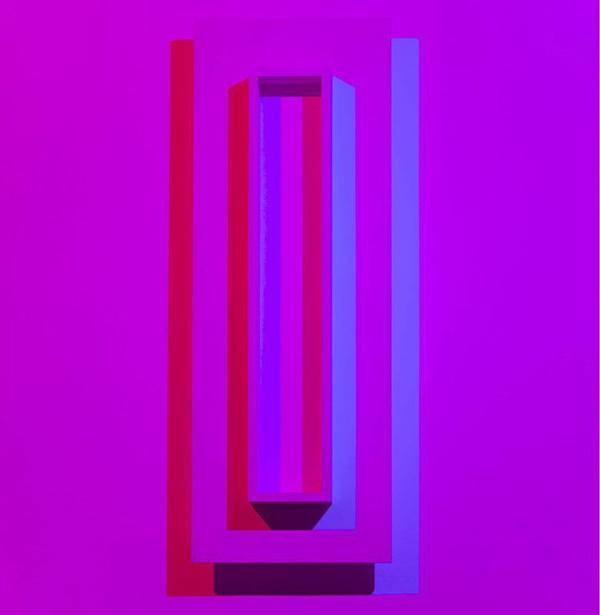ART CITIES:Metz-La Monte Young & Marian Zazeela
La Monte Young, a crucial figure in the historical emergence of Minimalist music, is among the most influential representatives of the American avant-garde. He began using sustained tones and expanded concepts of time in the 1950s and formulated the Dream House concept with Marian Zazeela in 1962. Together, they have developed numerous sound-and-light installations and performances, among which Dream House stands as the essential environment for their time-based performances.
By Efi Michalarou
Photo: Centre Pompidou-Metz Archive
A mythical work, the “Dream House”, a collaborative Sound and Light Environment by composer La Monte Young and visual artist Marian Zazeela, is on presentation at Centre Pompidou-Metz. For La Monte Young, every sound can be music as long as the existence of sound is conceivable. Founder of the American minimalist musical movement and above all, an exceptional musician, he is known for his interest in sustained notes and for his quest for just intonation. The “Drift Studies” he has created since 1966 are musical pieces that marry these two aspects. It was in 1962 that La Monte Young composed “The Four Dreams of China” and became aware of his desire to “build musical works that could be played for a very long time, see it indefinitely”. The same year, he met the visual artist and musician Marian Zazeela and in August 1963, they conceived together the “Dream House”, a sound and light environment in which the composer uses a custom-designed Rayna interval synthesiser to imagine an artificial interminable sonic landscape based on a set of pre-determined, mathematically significant sine-wave frequencies. Accompanied by a lighting installation from visual artist –and Young’s wife Marian Zazeela, the environment is intended as a place for spiritual escape, through site and sound. The droning frequencies act like futuristic meditative chant, with no beginning or end, always originating from, and returning to, a state of silence where it remains until a musician and/or instrument picks up the tone again. These ideas of the eternal music and “Dream House” environment became the crux of Young’s work throughout his career, and play a significant role on a 17” LP that was first released in 1978. The LP features “13 I 73 535-61403 PM NYC” and “Drift Study 14 VII 73 92727-100641 PM NYC” two pieces that could be considered to symbolise Young’s search for spiritual enlightenment. The visitor who enters a space bathed in light and music, he is invited to immerse himself literally in the sound and the color to perceive the nuances. Sitting or standing, immobile or evolving at its own pace within the space, each visitor can enjoy the sound modulations caused by his own movements, as tiny as they are. This unique experience encourages introspection, meditation and dreams. The spectator-listener sees the music as much as he listens to the color, in a pure synaesthetic perception. Time seems to slow down and the relation to space and duration becomes completely different, between the real and the imaginary.
Info: Centre Pompidou-Metz, 1 Parvis des Droits de l’Homme, Metz, Duration: 16/6/18-7/1/19, Days & Hours: From 1/4-31/10 Mon & Wed-Thu 10:00-18:00, Fri-Sun 10:00-19:00 & From 1/11-31/3 Mon & Wed-Sun 10:00-18:00, www.centrepompidou-metz.fr


